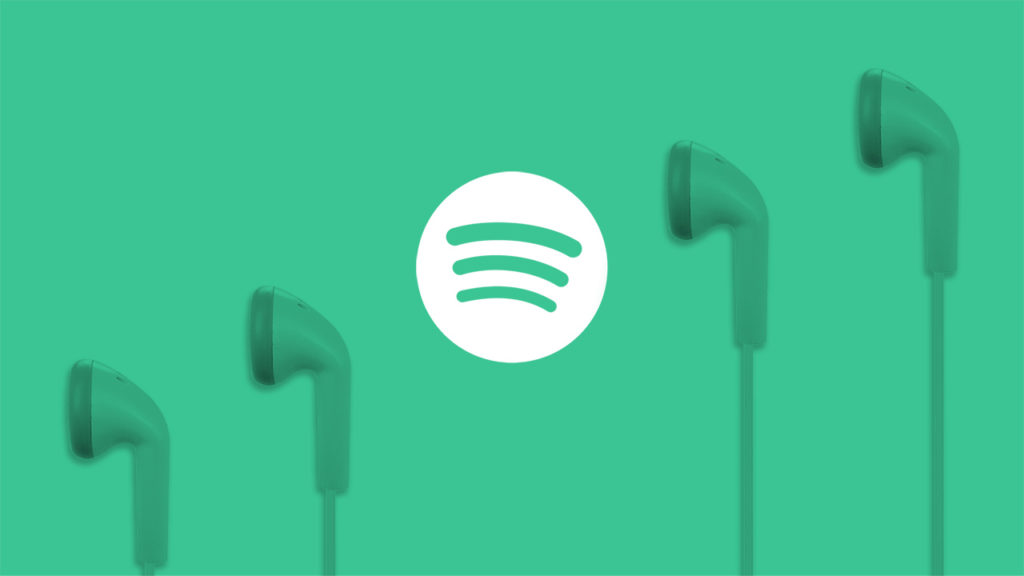Spotify reported positive results in its Q2 earnings report, with 180 million monthly active users and 83 million premium subscribers, both of which increased by 30 and 40 percent respectively year-over-year. Growth largely came from emerging markets such as Latin America which have outpaced established ones. That led to €1,273 million ($1,491 million US) in total revenue, up 26 percent year-over-year.
CEO and chair Daniel Ek kicked off the earnings call by clarifying Spotify’s licensing deals, which allow artists, especially independent ones, to license their music directly with the service instead of going through third-party distributors.
As explained during its March Investor Day presentation, Spotify is building a two-sided marketplace to provides tools and services for labels and artists to focus on promotion and marketing. Ek said that, as a platform, it has always licensed music from rights holders both large and small, and will continue to license music from whoever owns the rights.
“Our goal is to get as much music onto the Spotify platform as we possibly can,” he explained.
There are three long-term success metrics:
- Growing the number of creators on the platform
- Increasing the number of musicians using the promotional, marketing and career management tools
- Growing the number of artists and labels paying the platform for those tools and services
“Licensing content does not make us a label, nor do we have any interest in becoming a label,” said Ek. “We don’t own any rights to any music, and we’re not acting like a record label. Our agreements are specific to Spotify and are not exclusive.”
He later added that the number of artists being heard increased by five percent, and the Spotify for Artists platform has hit a new milestone with over 200,000 artists monthly. Meanwhile, artists such as Metallica use Spotify as a kind of engagement tool, changing their setlists according to which songs are most popular in each city.
Spotify’s ad-supported users grew by 23 percent year-over-year during Q2, totaling 101 million. The company credits a revised interface as a major factor in this growth, as it was the first revision since 2014. The music streaming service expects the new interface to continue driving engagement, retention and conversion.
Premium subscribers increased to 83 million, up 40 percent year-over-year. Spotify names the Family Plan promotion as a major driver for subscriptions, leading to lower churn and strong retention. The company also extended its Spotify + Hulu bundle for premium subscribers in the US, which was made available to customers after the successful launch of Spotify Student + Hulu in the fall.
Ek said that Spotify was encouraged by the early results of the bundles, and it will continue to find more ways to bring more value to its members.
Another key objective is to become ubiquitous on all platforms, including devices such as Echo devices, which often promotes the Amazon Music streaming service. Ek explained that, unlike video, music can be experienced virtually everywhere during almost every occasion.
Spotify also plans to focus on increased sell-through, as ad sales are connected to growth rates. To that end, the company reported slowed growth on desktop platforms and fast growth on mobile.
“Increasingly, it’s a mobile-first business,” said Ek. He explained that Spotify has relatively high margins in their five largest markets, with lower margins in emerging markets where its presence is small. Advertisers looking to buy reach need to take those factors into consideration, but Ek also warns that the markets are dynamic and will change as the service continues to grow.
Ek also assured investors that GDPR had very little impact on the service, using the subscriber number growth as evidence. This stands is in deep contrast to social platforms such as Facebook. He mentioned that some advertisers tried to take advantage of the initial confusion GDPR presented when it went into effect to renegotiate data sharing, but the matters were quickly worked out.
According to Ek, “the overall impact of GDPR was relatively short-lived.”
Spotify’s Q2 earnings report also highlights key changes in its metrics policy. Previous quarterly earnings reports did not include users who use various methods to block advertisements, but the most recent one does. The company estimates that less than five percent of its ad-supported users employ ad blockers.
Additionally, the service is in the process of identifying and removing fake users from its metrics. These include bots and “users who aim to manipulate stream counts for purposes of royalty calculations.” Although Spotify is working to identify and remove these users, it admits that some may have made it through into the report.

